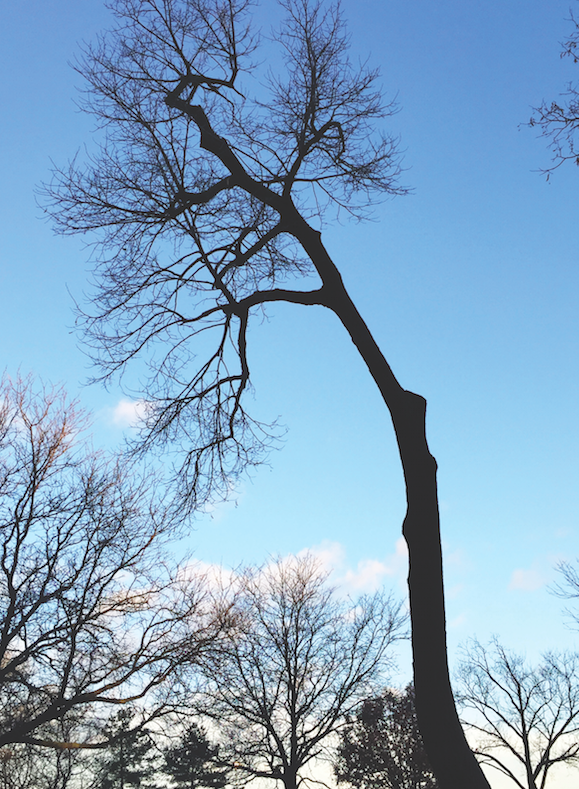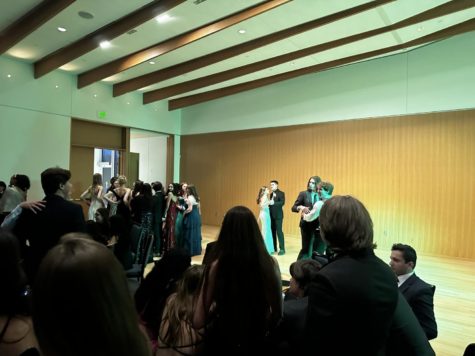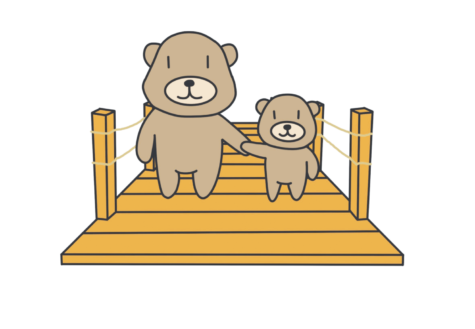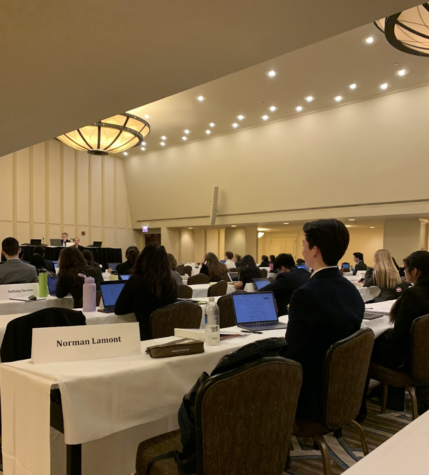Afflicted academics
How Seasonal Affective Disorder manifests itself in the school
Barren trees signal the transition to cold weather, and for some students, their mood suffers
Do you ever feel angry when the sun is too bright or gloomy when it storms? These are symptoms of “seasonal affective disorder”, or SAD. SAD is a very real and common disorder, with about 3 million cases in the United States per year. The amount of cases varies between the seasons. SAD is also 4 times more common in women than men, and can affect daily outdoor activities based on sensitivity to weather.
As the abbreviation suggests, SAD affects emotions. People who suffer from the disorder can experience mood swings due to inclement weather or too much sun. While there may be a variation from person to person, the most common moods experienced are anger and sadness during the season that affects them, often precipitation or particularly sunny weather.
Kate Jolly ‘19 believes that her mood is affected by changing weather. She says, “I do think my mood is affected by the weather.” She spoke of feeling gloomy when the weather gets colder and wanting “to curl up in a ball and not go outside.” Whitney Cunningham ‘18 agreed, saying, “The winter always makes me feel worse,” adding, “I am always happier in the summer.”
As we transition from autumn into winter, most students seem to view the oncoming cold with a sense of dread. The side-effects of SAD bring a decreased work drive and lack of motivation, which suggests some students’ enthusiasm for school drops in step with the temperature.
All in all, weather does seem to change how a student feels, works, and interacts, depending on how you feel about that season. Having a longer winter can drag some students down while making others feel happier. Having a hot and sunny summer can cause some to feel more hopeful and less agitated while making others feel irritated and more aggressive. Each student reacts to seasons differently, and the degree of the impact varies.

I’m Fiona, I'm editor of Arts and Culture. I have been contributing photos to Spectrum since the beginning of my freshman year, and this is my second...











